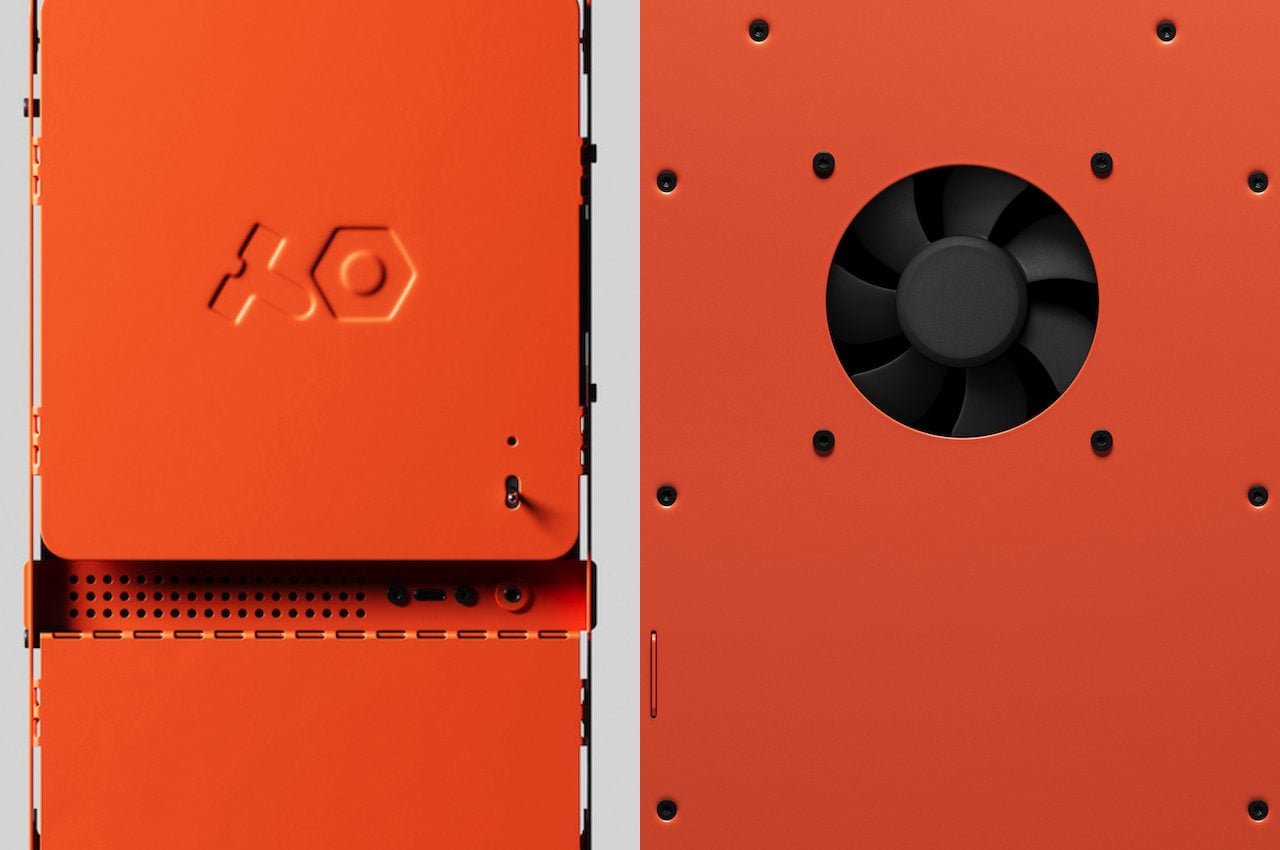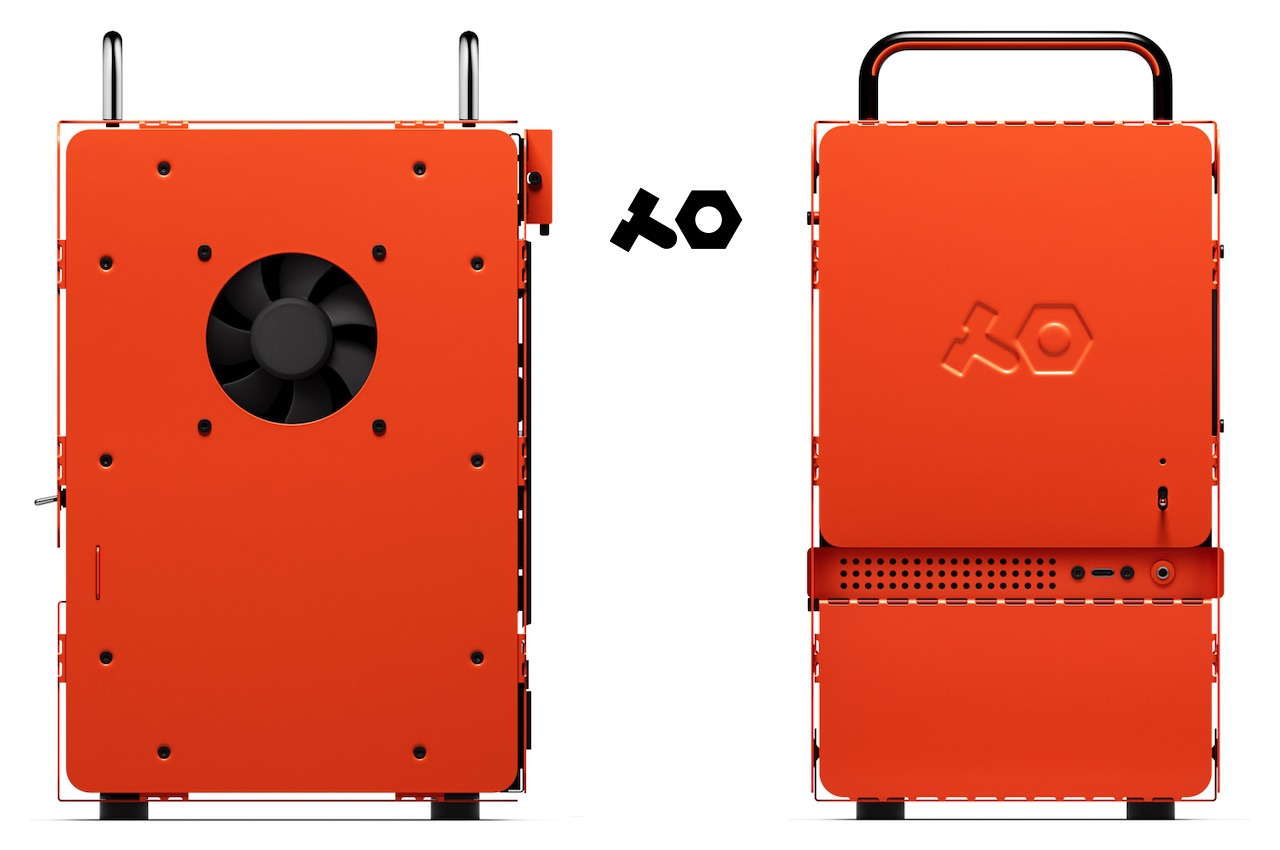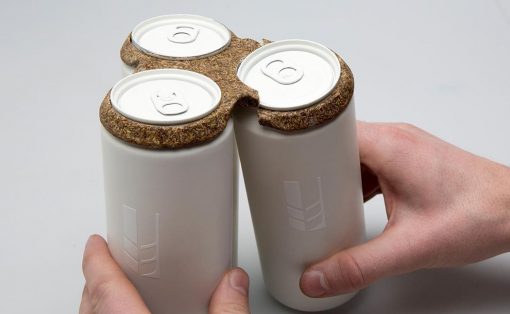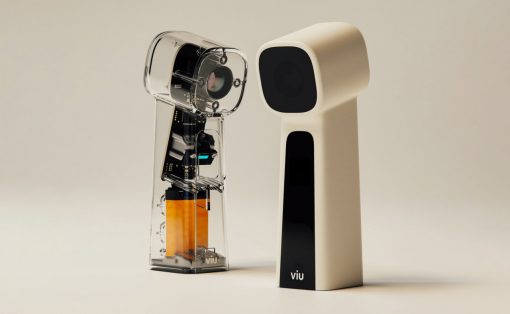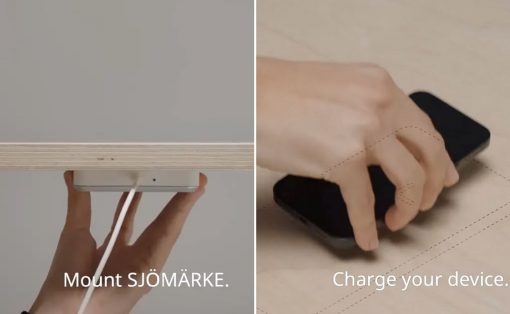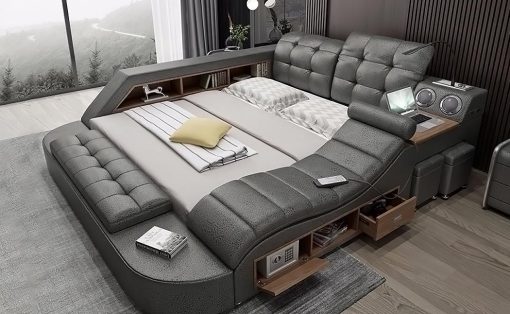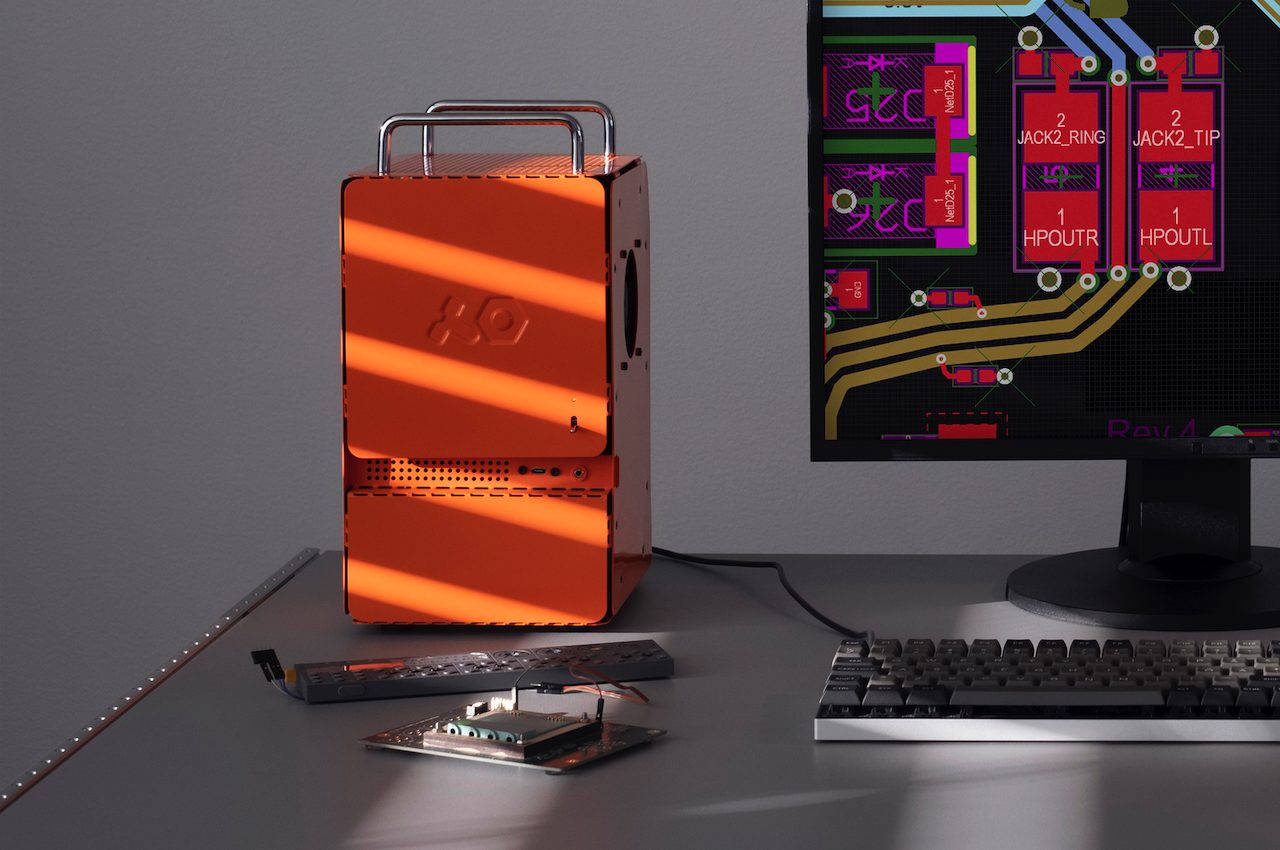
Don’t be fooled by the name of the team behind this gorgeous computer case. The Computer-1 is no youngster when it comes to power. The choice of color alone is bold which tells us Teenage Engineering is one brave company.
The new Computer-1 case is simply a computer chassis that offers a small footprint. It’s compact and portable so you can easily transport your machine and move it to different locations. It’s just a PC case which means you need to build your desktop computer from scratch. This is not for people who don’t care much for their computers. The Computer-1 is aimed at those who like customized PCs and not the generic ones available in most stores.
Designer: Teenage Engineering
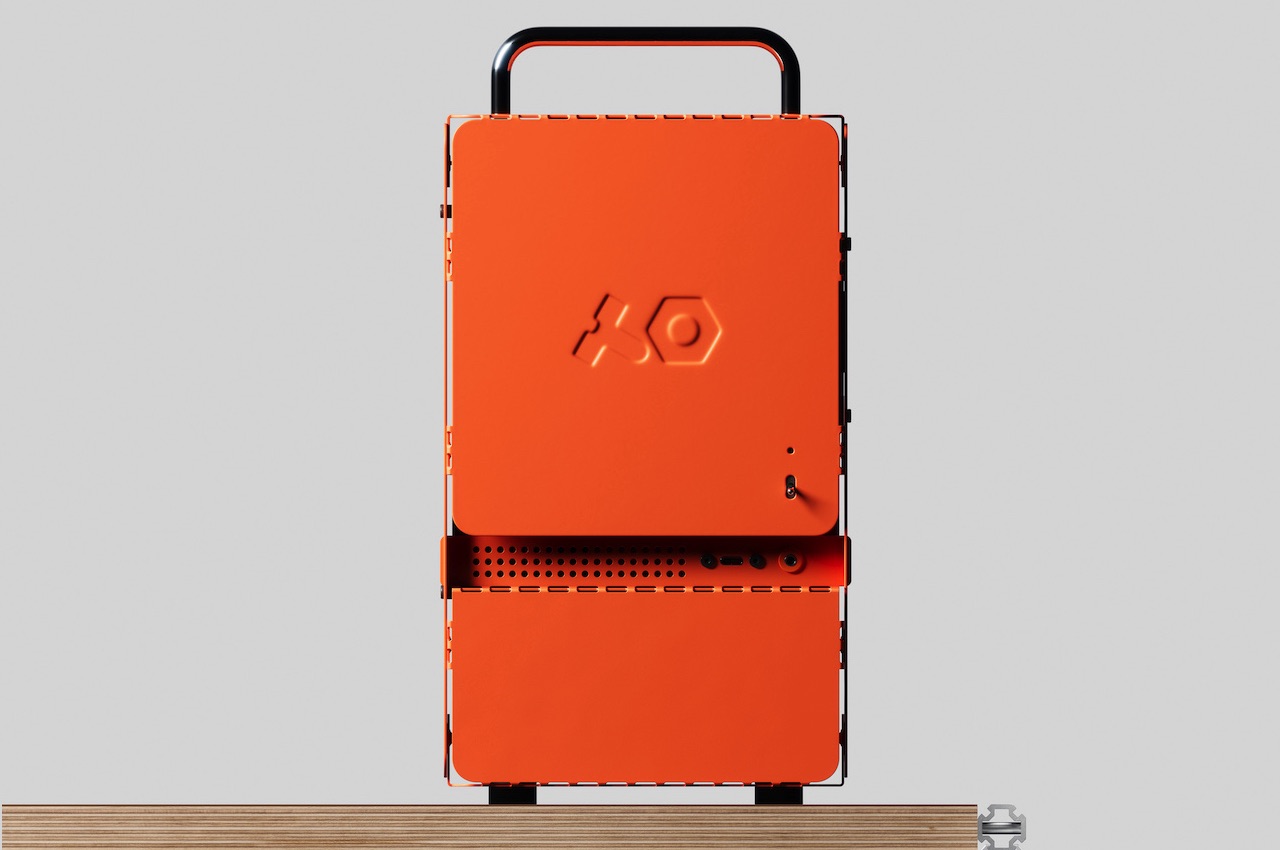
Before the final design is reached, the design team had gone through several changes. They started by using a laser cutter to cut through a high-density board and spray-painted the case. The handles could not support the weight so they tried to use aluminum for the case and chrome for the handles. The result was a sturdier but lighter design at only 6.69 x 7.48 x 12.67-inches (dimension).
You only need a very small GPU so it could fit. It’s unclear though why the GPU’s location is not at the bottom which is the usual position. One problem we see is airflow but we’re assuming there is a workaround.
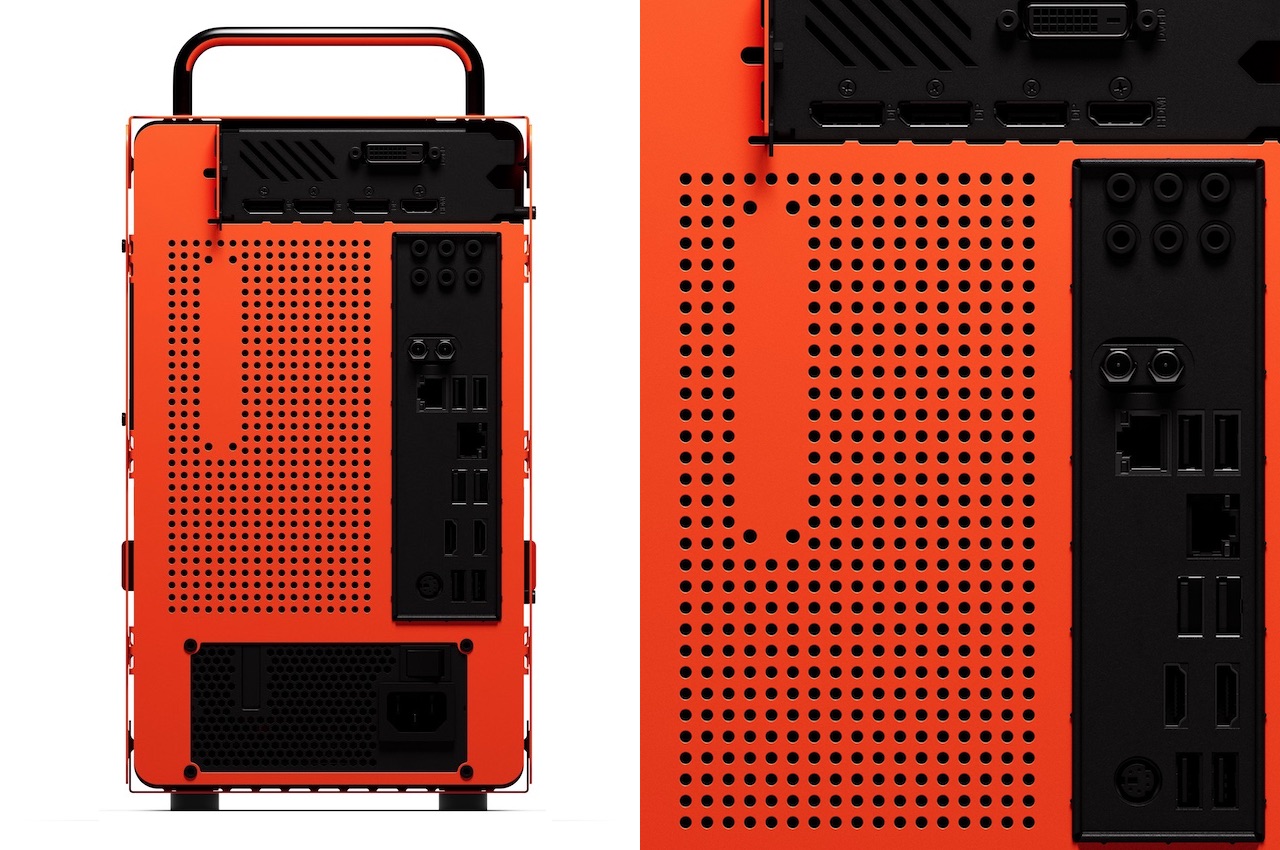
This Computer-1 is built around the SFX power supply format and a mini-ITX motherboard. It can fit a dual-slot graphics card (170mm max) and other parts that are important to almost every kind of computer user whether a game, designer, engineer, or programmer. The system features a flat pack design and is only 1mm aluminum thin.
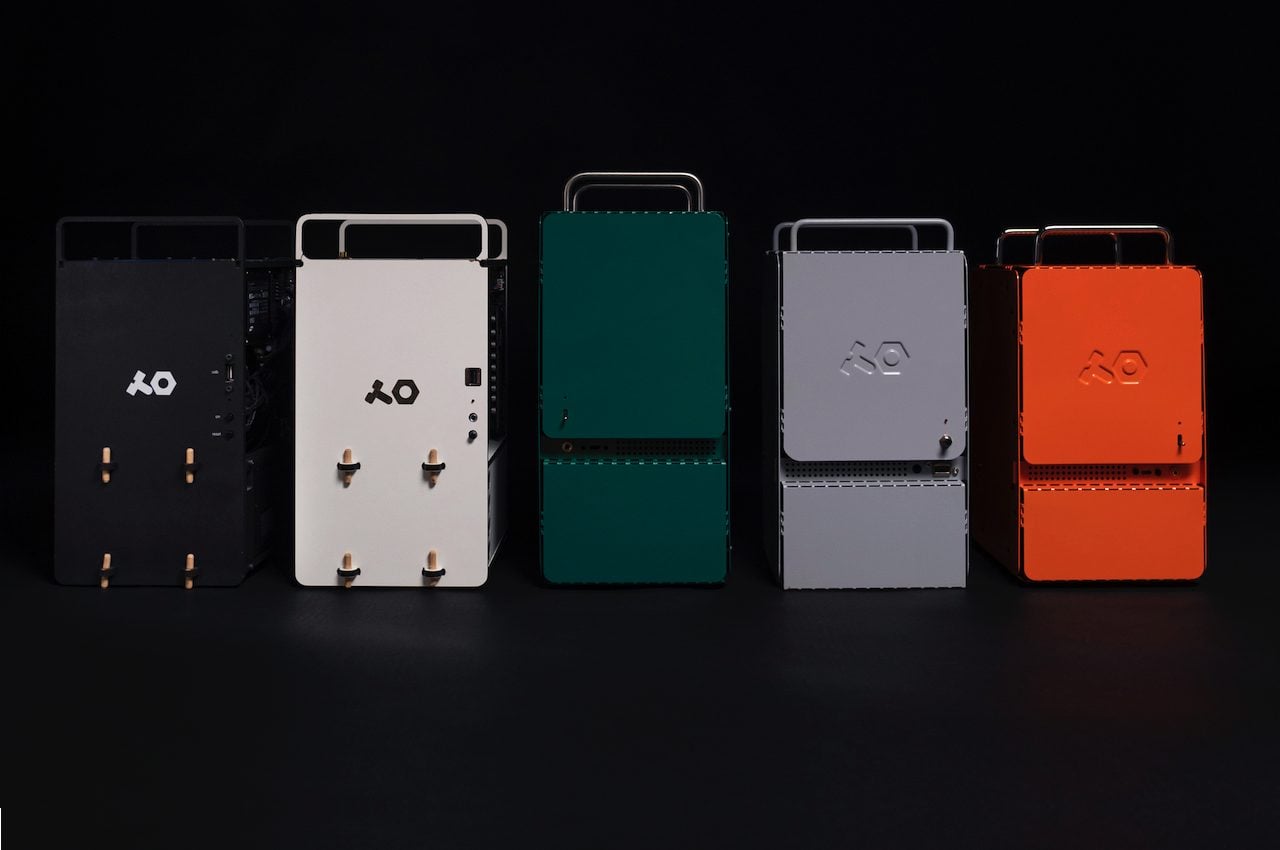
This PC case requires some tools to assemble. They will come in a special kit when you buy a Computer-1 case. Its $195 price tag makes us think it is a worthy investment especially if you’re planning to build a mega computer machine but we believe there are less inexpensive options.
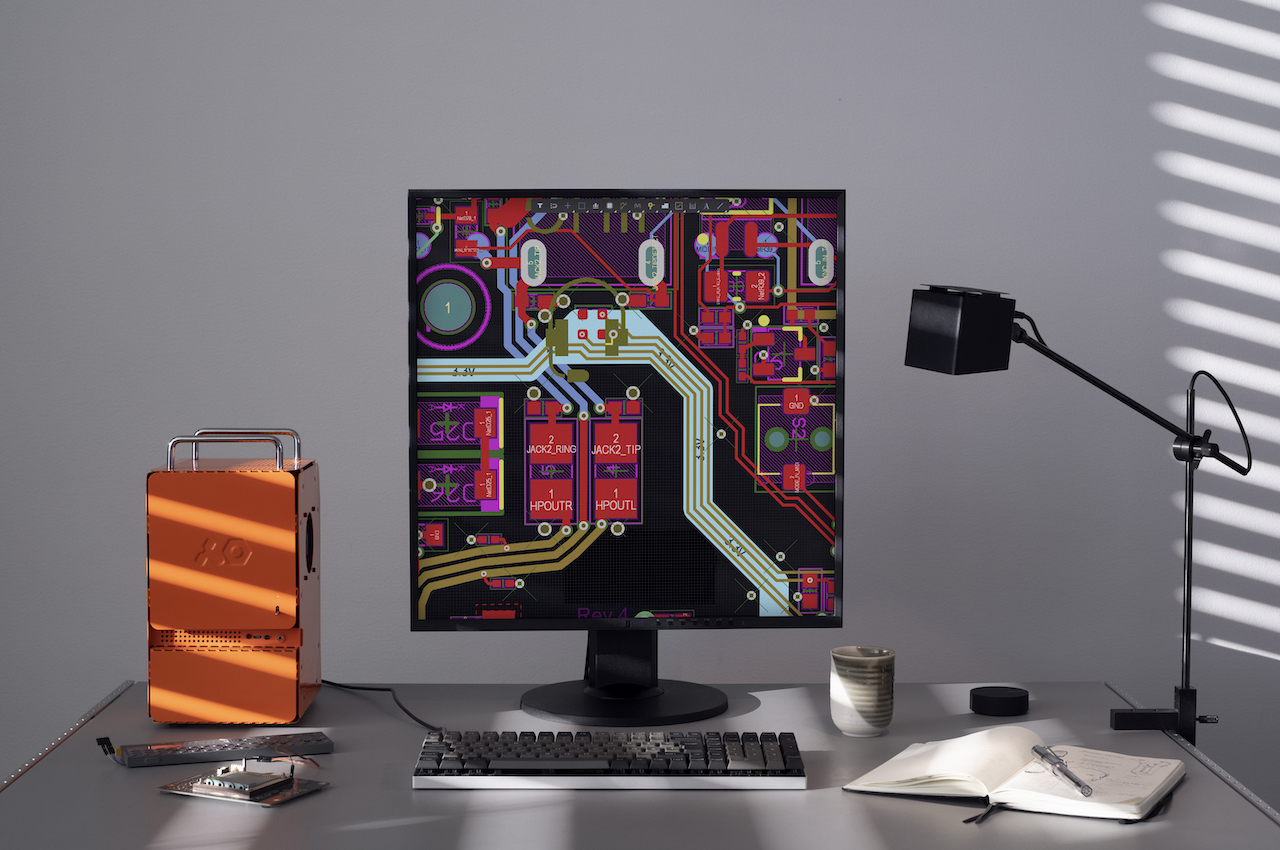
Many will probably say this reminds them of the Mac Pro. It looks a bit like it with the handles and the holes that act as air vents but you can make the Computer-1 more powerful as you like with the custom hardware and components. You don’t need to be an expert as the computer case can be assembled easily like most products from Ikea.
So this is another DIY system? It’s better to call it build-your-own. You’re not just building the computer case. You’re also building the computer itself with the components and all. We can imagine now the power your computer system housed in Computer-1 can be.
